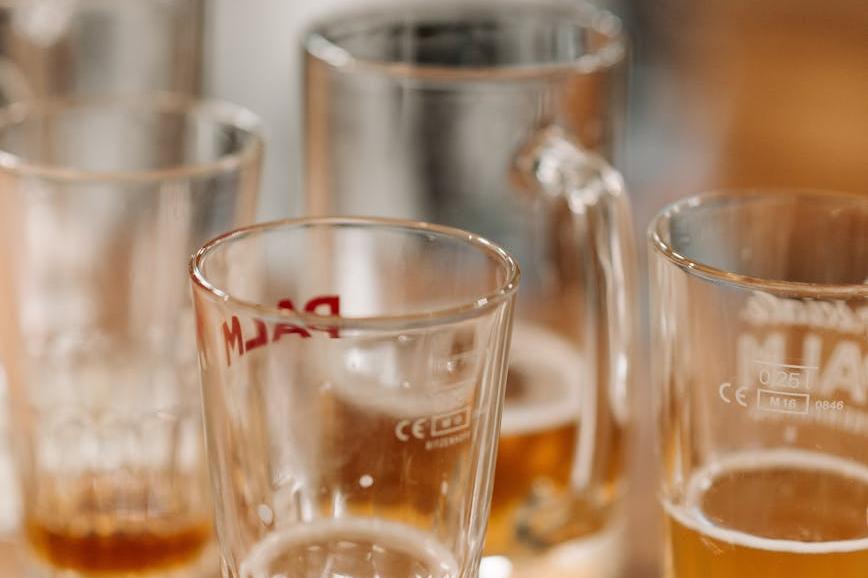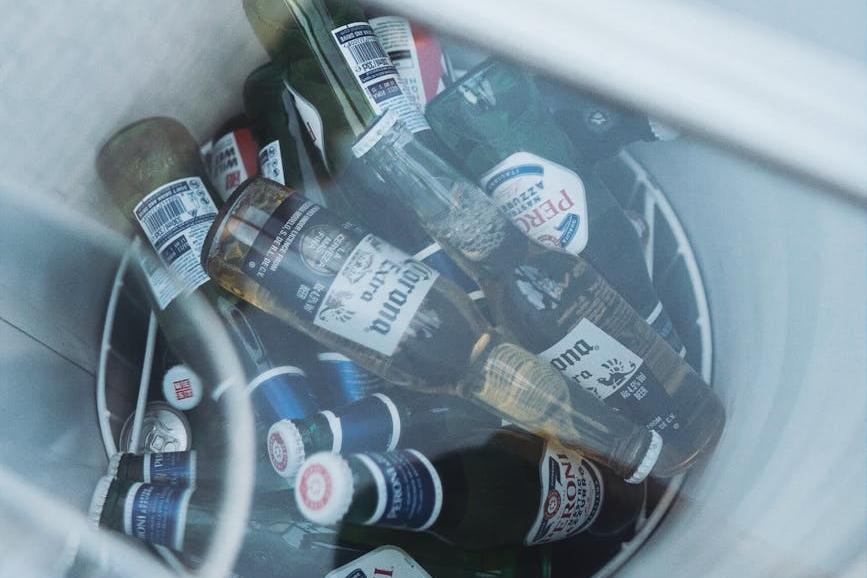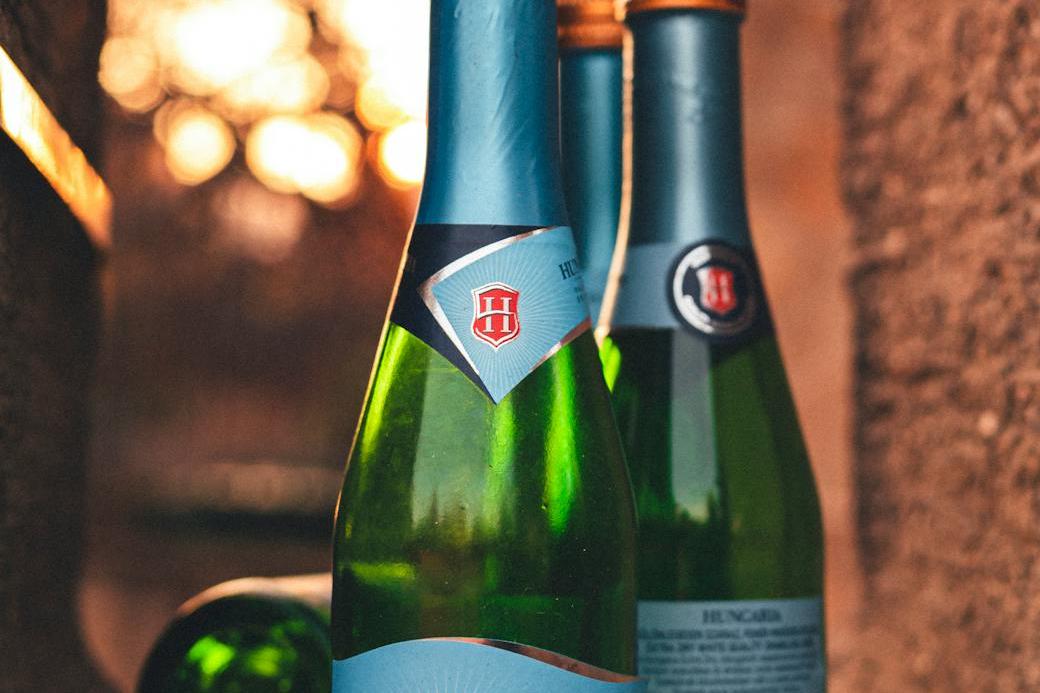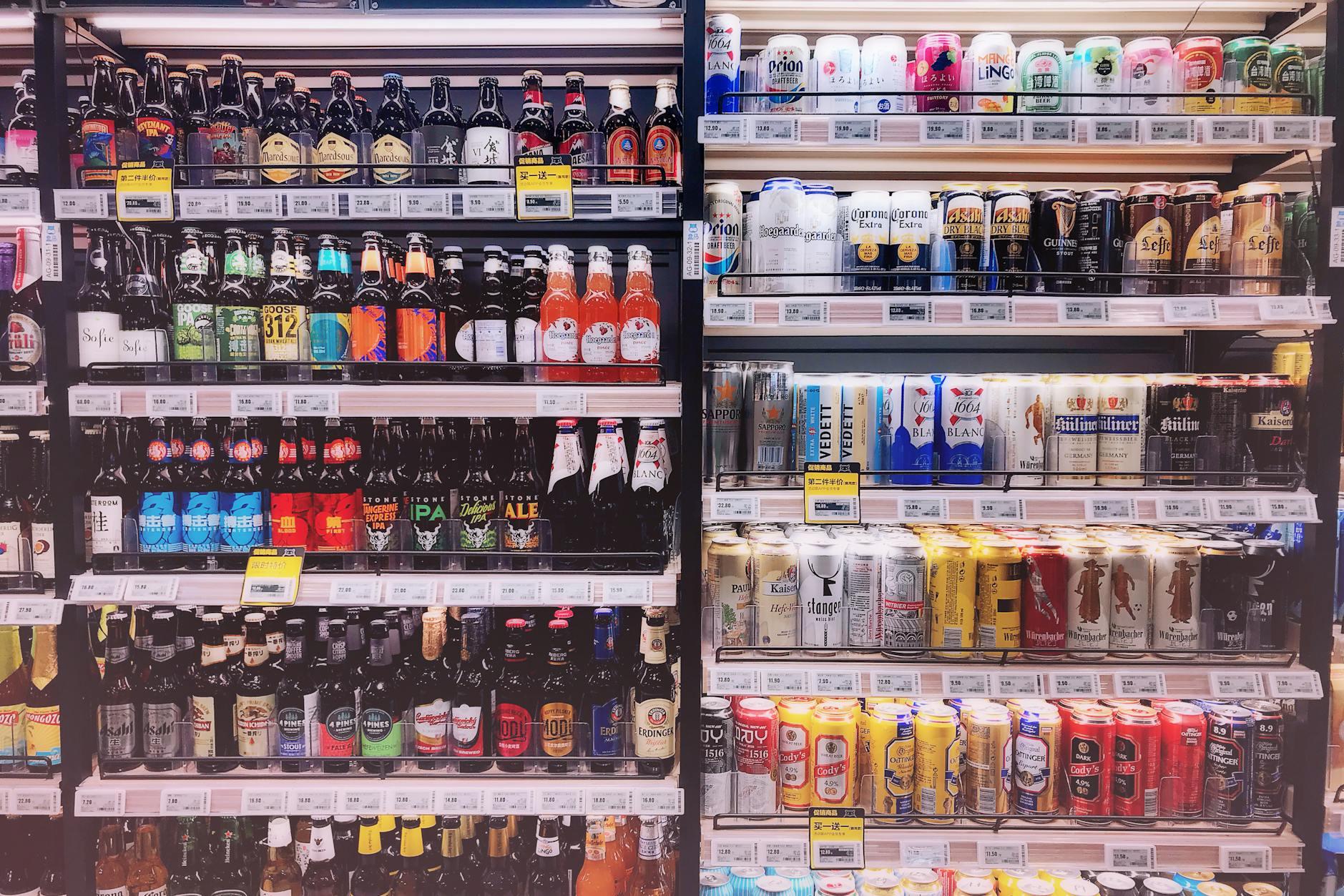- Shanghai Zhongshen International Trade Co., Ltd. - Two decades of trade agency expertise.
- Service Hotline: 139 1787 2118
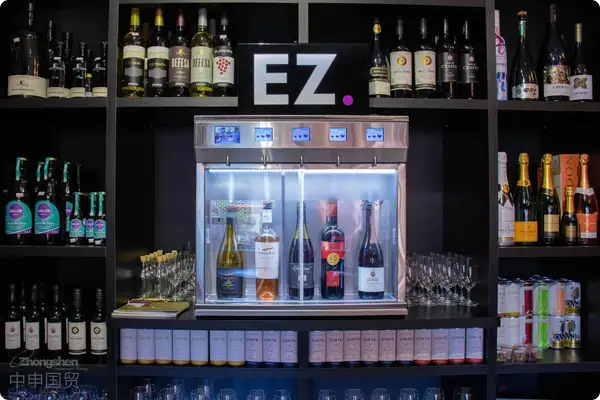
BeerImport RepresentationThe Three Golden Rules
Among the 67 beer import cases I have handled, the mistakes commonly made by beginners are often concentrated in three areas:Product certification deviations,Inappropriate transportation solutionsandMissing label specifications. Last year, a client importing Belgian Trappist beer had an entire container of goods detained at the port for 37 days due to not noticing the special declaration requirements for exceeding ABV (alcohol concentration). This lesson is worth pondering.
Mandatory Course in the Product Selection Stage
Preparing the ID card for imported beer is crucial:
- It is recommended to verify through the following methods:Technical data: Must include core parameters such as hop varieties and malt content
- Health certificate: Focus on verifying whether the yeast flora testing standards comply with GB 4789.15
- Pre-approval of Chinese labels: Pay special attention to the allowable error range of alcohol content ±0.5%
| Origin | Ordinary tax rate | Agreement rates |
|---|---|---|
| Germany | 40% | 12% (China-Europe Agreement) |
| Mexico | 40% | 25% (Bilateral Preference) |
Five key nodes in customs clearance process
- Declaration Pre-review: The selection of sub-items under HS code 22030000 directly affects the tax rate
- On-site inspection: Customs focuses on checking the clarity of the production date embossed on the bottle
- Laboratory testing: Sulfur dioxide residue must not exceed 0.05g/kg
- Pay taxes and release the goods
- Logistics coordination: It is recommended to retain a 15-day port turnover buffer period
Hidden Risks in Supply Chain Management
An importer once suffered from sunlight stink in an entire batch of IPA beer due to not consideringMaritime Transportationtemperature fluctuations. Recommendations:
- Maintain full cold chain control at 5-25℃
- Use professional light-blocking film for light-shielded transportation
- Port repackaging must obtain a food business license
The Golden Triangle of Market Positioning
According to the latest customs data, the import volume of craft beer in 2025 increased by 23% year-on-year, but note:
- First-tier cities prefer hazy IPAs with alcohol content ≥6%
- Emerging markets are more receptive to fruit-flavored beers with 3-4% alcohol content
- The canned specification is recommended to adopt the standard unit of 330ml × 24 cans
Four warning devices for risk prevention and control
- Conduct trademark registration inquiries in advance (especially for letter combinations of German-style beers)
- When insuring transportation risks, it is necessary to clearly include the packaging damage clause
- Establish a 3% loss reserve mechanism
- Regularly verify the registration list of overseas food production enterprises for imports
Remember to reserve at least 90 days for operational cycles during the first import. Last year, an importer missed the Christmas sales season due to underestimating label filing time—a lesson worth heeding. When you master these practical details, you can find the true golden route in the frothy beer import market.
Related Recommendations
Contact Form
Category case
Get in Touch
Email: service@sh-zhongshen.com
Related Recommendations
Contact via WeChat

? 2025. All Rights Reserved. Shanghai ICP No. 2023007705-2  PSB Record: Shanghai No.31011502009912
PSB Record: Shanghai No.31011502009912
